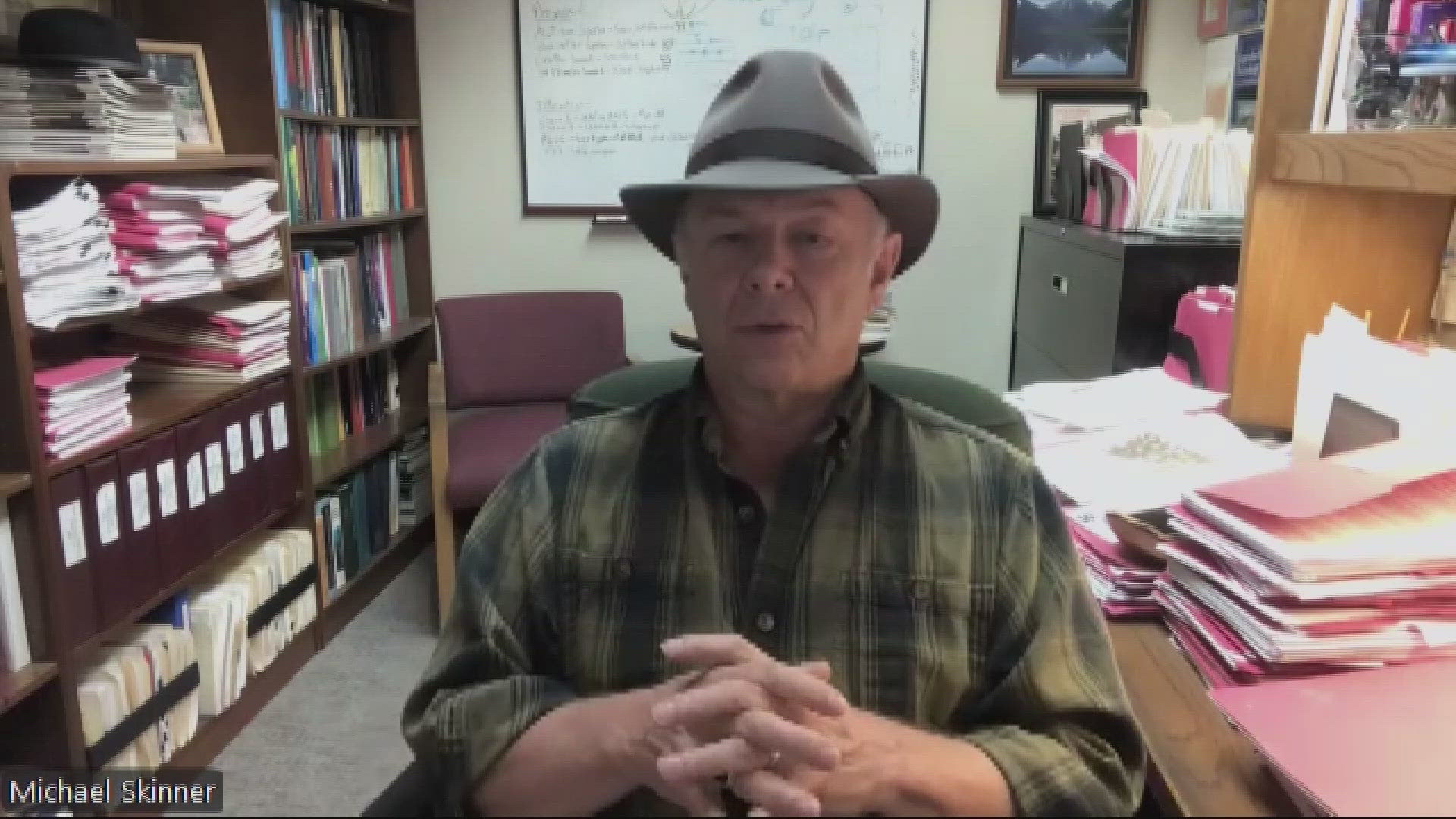PULLMAN, Wash. — A new artificial intelligence program developed at Washington State University could spot the signs of serious diseases quicker, and more accurately, than trained human researchers.
That is according to researchers who developed the deep learning A.I. model at Washington State’s School of Biological Studies, which has the potential to identify pathology within minutes, rather than days or weeks.
Scientists said it could allow patients to receive the results of a mammogram or MRI within an hour.
“It truly can be done in minutes,” said Washington State Professor Michael Skinner. “About 10 minutes, rather than a day or two, or a week or two, that you would have to wait for image analysis on your MRI by your physician.”
Dr. Skinner said the deep learning A.I. model could revolutionize medicine.
“We didn't realize how fast it would be, and the fact it would be so more and more accurate,” he said.
Currently, researchers are using artificial intelligence to analyze high resolution images with billions of pixels to analyze the kidneys, ovaries, testes and prostates of rats and mice.
“You can take that image, run it through this type of program, and it can tell you exactly where the abnormalities are,” said Dr. Skinner. “But it (the A.I. model) would still need to be trained each time.”
The A.I. model not only identifies potential cancer pathology or gene problems, but spots signs that trained human teams may miss.
Dr. Skinner said A.I. can perform analysis nearly down to a single cell.
“You have potentially a tumor in your liver, and the tumor has 2-3 cells growing in the liver," he added. "You could see, by the shape and size of cells, that those were tumor cells.”
If the A.I. model cannot identify the abnormality — much like a human brain — it will learn from its mistakes.
Along with the human studies, veterinarian medical researchers in Washington State also are using this model to analyze deer and elk tissue.

